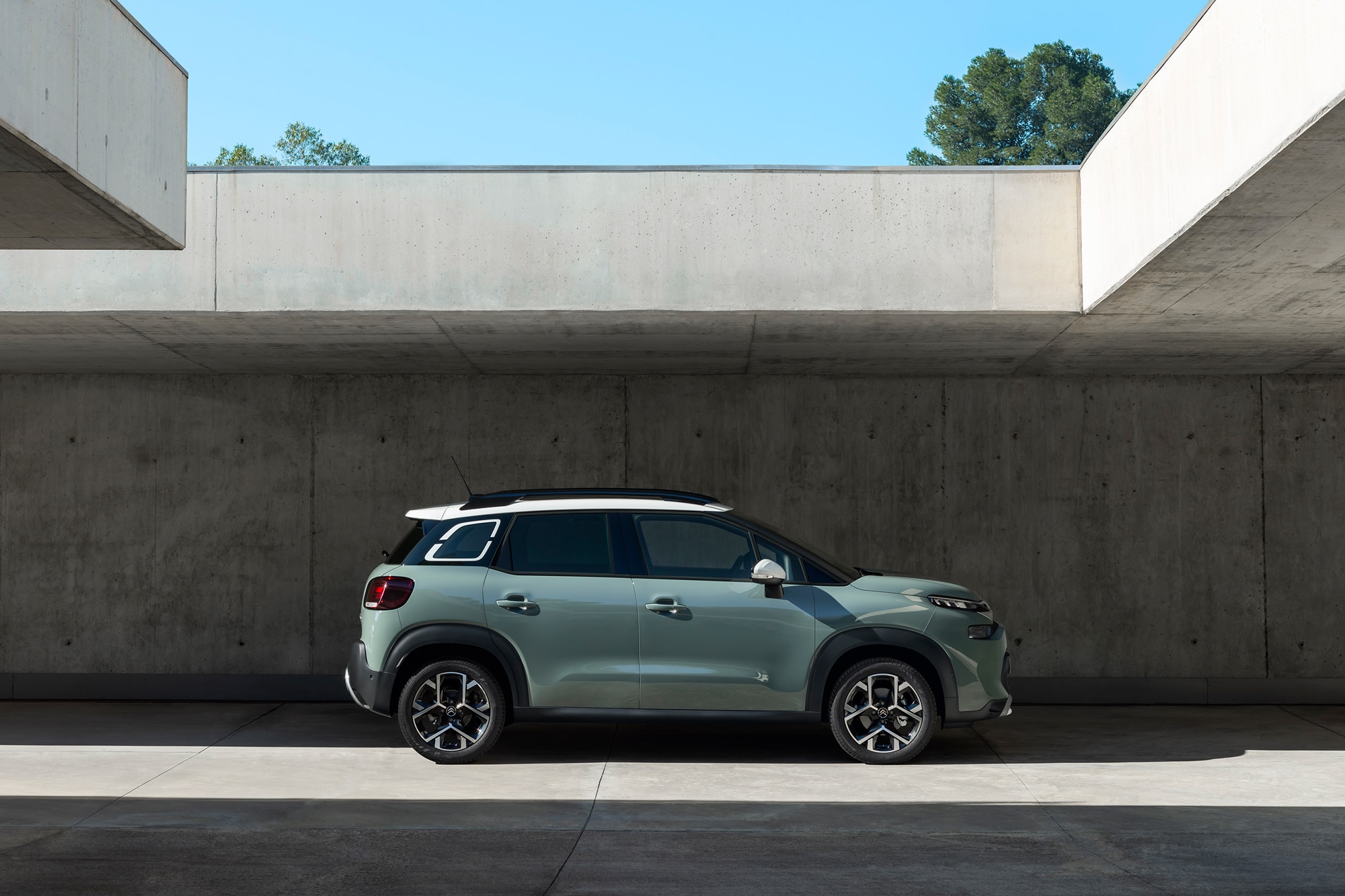What Happened to Citroën?
The French carmaker is alive and well in Europe, but its U.S. story ended in the 1970s.
 Citroën
Citroën
Citroën is on the part of the automotive iceberg that U.S. motorists rarely see, even if its post-World War II cars are among the most iconic symbols of modern France. Yet Citroën's recent connection with a major Detroit automaker means its presence might soon be quietly felt in the U.S.
Citroën's Disappearance
The company hasn’t sold a car in the U.S. in nearly 50 years due in part to regulatory problems, and it didn’t manage to merge into the mainstream when it operated a U.S. division. It has fared better in Europe as well as Central and South America, though its path hasn’t always been smooth.
Citroën's Origins
André Citroën founded the company that bears his name in 1919. Unlike many of the big carmakers operating in France at the time, such as Renault, Paris-based Citroën largely focused on making small and relatively affordable cars. It branched out into more upmarket segments when it unveiled the Traction Avant in 1934. The model featured front-wheel drive and unibody construction, which were unusual features in the 1930s. The ultra-inexpensive 2CV designed prior to World War II and hidden away from Axis troops was finally released in 1948. It put millions of French motorists on wheels and remained in production nearly unchanged until 1990. At the opposite end of the Citroën lineup, the DS launched in 1955 used an innovative hydropneumatic suspension system that let the driver adjust the ride height via a footwell lever.
Citroën’s cars sold relatively well in Europe. At home, French president Charles de Gaulle helped elevate their stature by using a series of DS sedans as official state vehicles, but the company had a difficult time establishing a secure foothold in the U.S. The trim proportions of the range-topping DS worked well on narrow European streets, but it was small and underpowered by U.S. standards in the 1950s.
Citroën Retreats From the U.S.
Blaming one factor for Citroën’s U.S. failure oversimplifies the problem. Even in Europe, the firm entered the 1970s in rough financial shape after reluctantly absorbing Panhard and allocating a tremendous amount of resources to developing a Wankel engine with West German carmaker NSU.
Executives hoped the GS would turn Citroën’s fortunes around. Years in the making, the mid-size sedan released in 1970 was developed to fill the chasm separating the agricultural 2CV and its derivatives from the bigger and far costlier DS and SM. Citroën planned to sell some GS variants in the U.S. It sent a handful of U.S.-spec cars to its dealers as demonstrators, and sales were tentatively set to begin in the early 1970s, but Citroën backpedaled after the National Highway Traffic Safety Administration (NHTSA) announced a rule making height-adjustable suspension systems illegal due to safety concerns.
This rule made Citroën’s bigger models—the ones that were better suited to the U.S. market—ineligible for homologation stateside. Designing a fixed suspension system was out of the question due to time and money constraints. Its smaller cars remained legal here, but they were severely out of tune with the needs of U.S. drivers due largely to an air-cooled flat-twin engine with an output that rarely exceeded 30 hp, or less than half of what Chevrolet’s inexpensive Vega produced. Out of options, Citroën left the U.S. in 1974.
What Does Citroën's Lineup Look Like in 2022?
Peugeot purchased 40% of Citroën in 1974 and acquired 90% of the carmaker in 1976 to save it from a second bankruptcy. Both companies joined Fiat Chrysler Automobiles (FCA) to create Stellantis in 2021. While no current Stellantis product sold in the U.S. has Citroën DNA, the partnership means that the French brand’s engineers will share resources with those who design Jeep SUVs and Ram pickups.
Citroën can’t resist the trends that are bending the automotive industry into a new shape in the 2020s. Its current range at home in France includes numerous crossovers and several electric and hybrid models, and the brand no longer offers a traditional sedan. Its cars remain characterized by a high degree of quirkiness: Buyers can order the C3 hatchback with plastic Airbump panels designed to protect the doors from dings and scratches, and the new C5 X exists at the intersection of sedans, crossovers, and station wagons.
As has often been the case historically, Citroën trails sister company Peugeot and rival Renault on the sales chart. In 2021, its European bestseller was the C3, which ended the year in 10th place with 159,302 sales. For context, the best selling car in Europe that year was the Volkswagen Golf with 205,408 sales.
Will Citroën Return to the U.S.?
Nothing suggests the company will make a full-fledged return to U.S. shores anytime soon, especially now that brands such as Jeep, Ram, and Maserati represent Stellantis in the states. In 2021, Citroën floated the possibility of bringing the tiny electric Ami to some U.S. cities as part of the Free2Move car-sharing program, but those plans have yet to materialize.
Written by humans.
Edited by humans.
 Ronan Glon
Ronan GlonRonan Glon is an American journalist and automotive historian based in France. He enjoys working on old cars and spending time outdoors seeking out his next project car.
Related articles
View more related articles